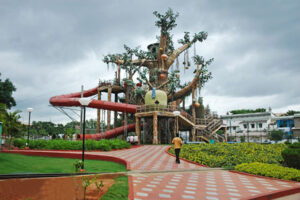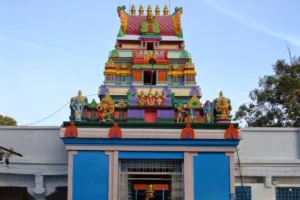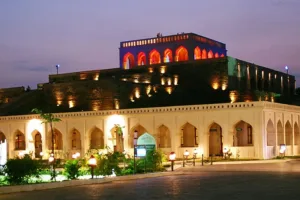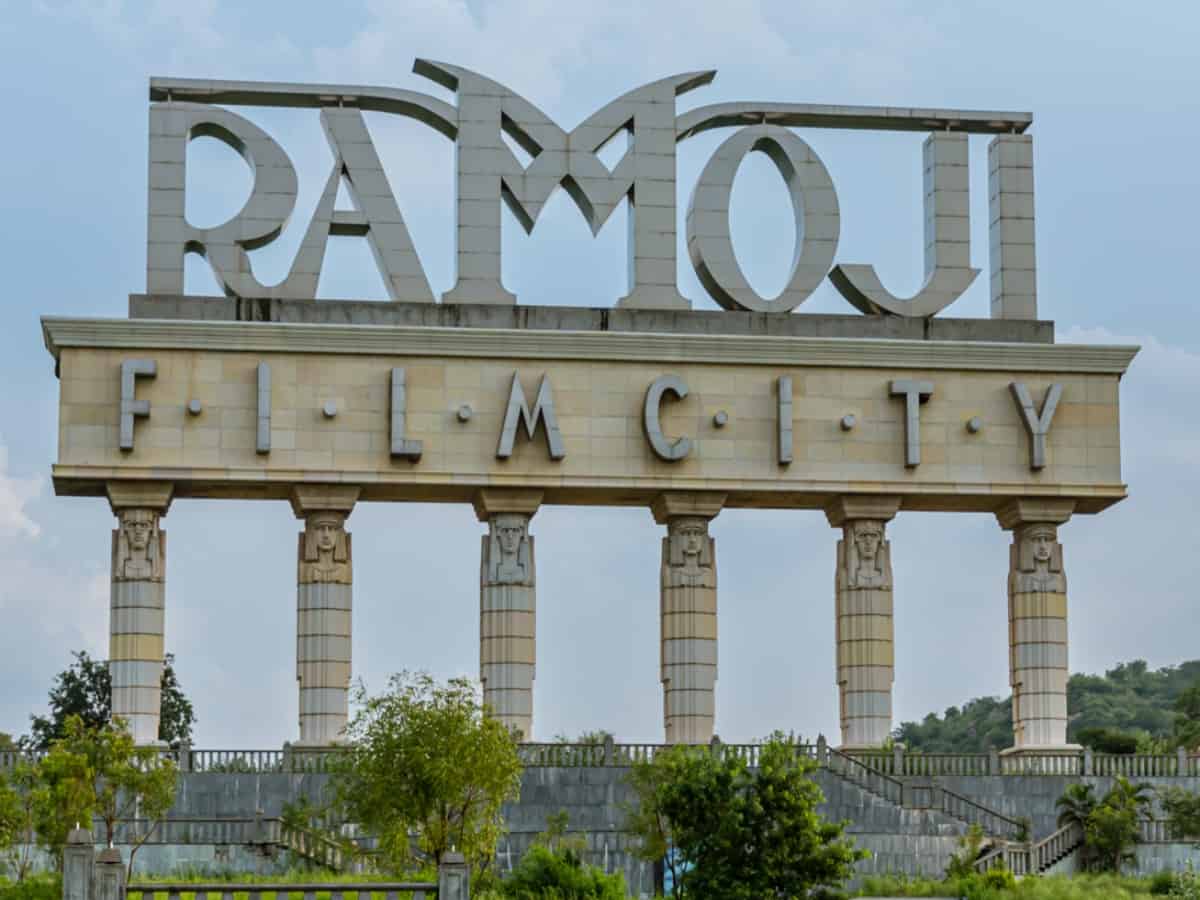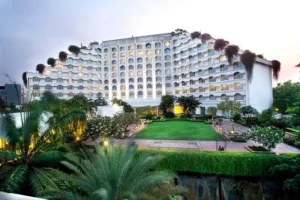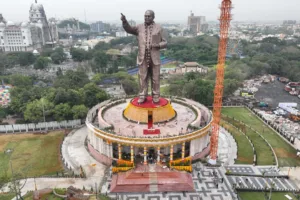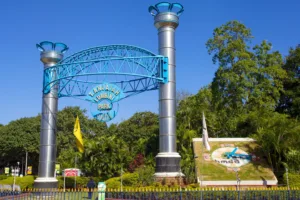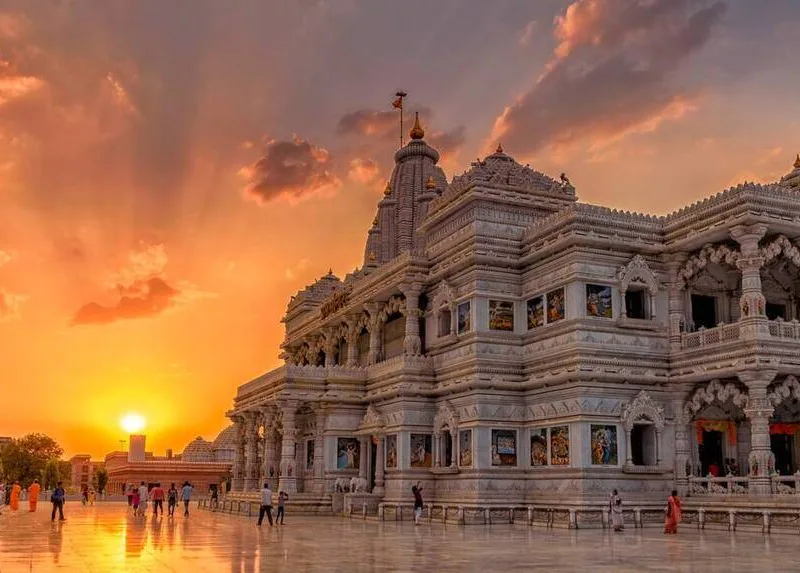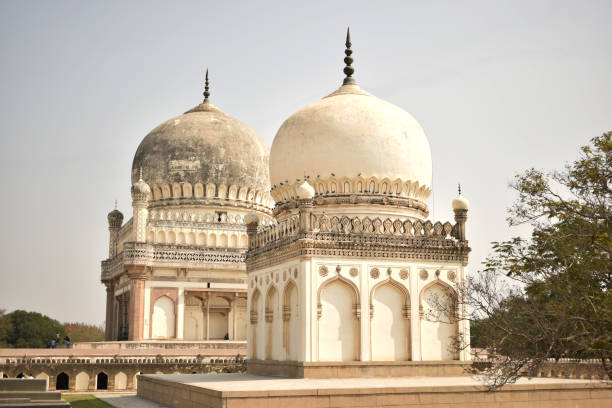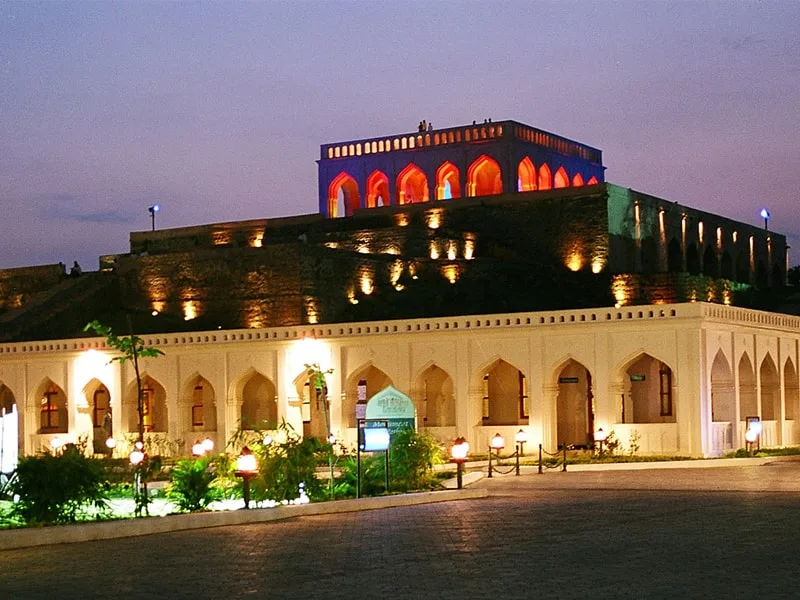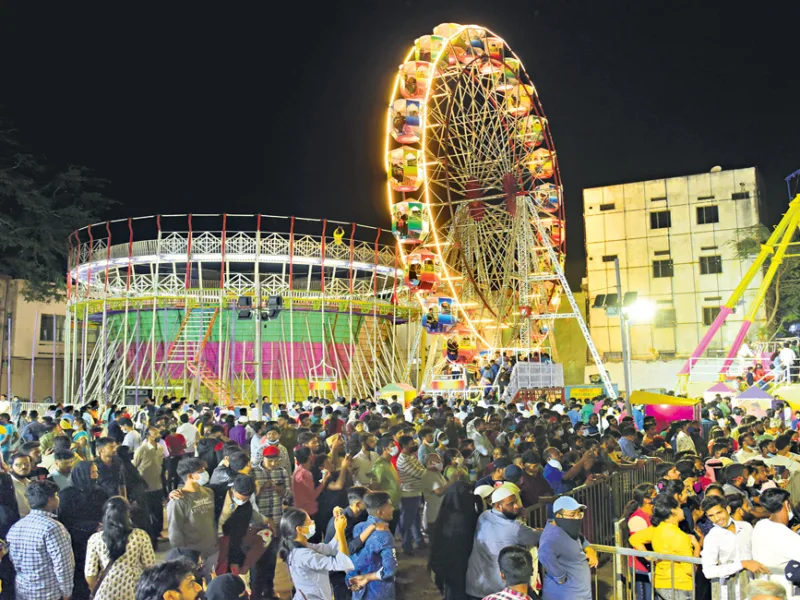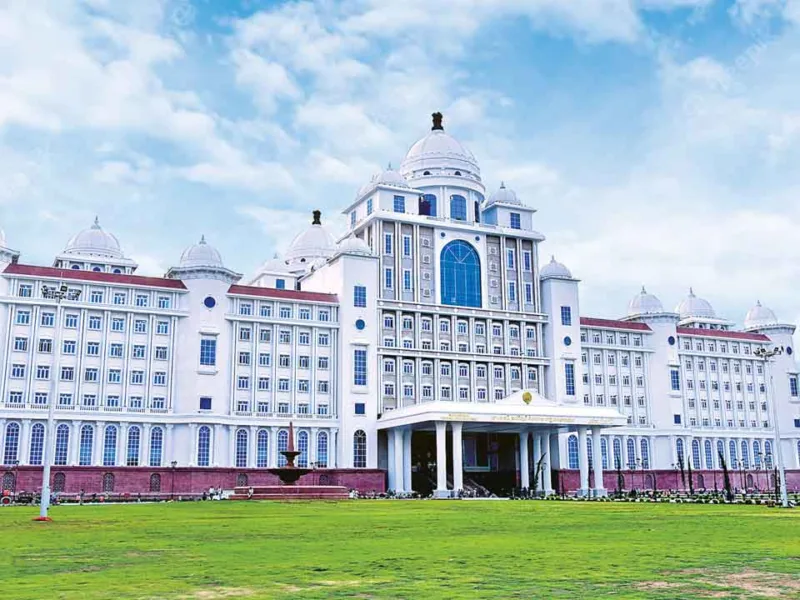Gangtok Travel Guide – Gangtok Tourism
About Gangtok:
Nestled in the Eastern Himalayas, Gangtok is a city that effortlessly blends modernity with tradition. Perched at an elevation of about 5,410 feet, it stands as the capital and the largest town of the picturesque state of Sikkim. The town is surrounded by majestic mountains and offers panoramic views of the Kanchenjunga, the third-highest peak in the world. Gangtok is renowned for its pristine landscapes, vibrant monasteries, and a harmonious blend of diverse cultures.
Best Time To Visit Gangtok:
The best time to visit Gangtok is during the spring and autumn months, from March to May and September to November. The weather is pleasant, and the skies are clear, offering breathtaking views of the Himalayan range.
How To Reach Gangtok:
The nearest airport to Gangtok is Bagdogra Airport, and the closest railway station is New Jalpaiguri (NJP). From these points, a scenic drive through the hills takes visitors to Gangtok.
Transport In Gangtok:
Local taxis, shared jeeps, and rental cars are the primary modes of transportation within Gangtok. The town is designed for leisurely walks, allowing visitors to explore its charming streets and vibrant markets.
People Of Gangtok:
Gangtok is a melting pot of cultures, with a mix of indigenous Sikkimese, Nepalis, Bhutias, and Lepchas. The locals are known for their warmth and hospitality.
Languages Of Gangtok:
Nepali, Bhutia, and English are the predominant languages spoken in Gangtok, reflecting its cultural diversity. Hindi is also widely understood, especially in areas frequented by tourists.
History Of Gangtok:
Gangtok’s history is deeply intertwined with Sikkim’s royal past. Once a small hamlet, it has transformed into a bustling town while retaining its cultural charm.
Culture Of Gangtok:
Gangtok’s cultural canvas is adorned with vibrant festivals, traditional dance forms, and rituals. Monasteries play a significant role in preserving and showcasing the rich cultural heritage.
Weather Of Gangtok:
Gangtok experiences a temperate climate, with cool temperatures throughout the year. Winters can be chilly, offering the possibility of snowfall, while summers are mild and pleasant.
Best Places to Visit in Gangtok:
Enchey Monastery: Discover the spiritual allure of Enchey Monastery, perched on a hilltop. The monastery hosts the Chaam dance during the Pang Lhabsol festival, a spectacle worth witnessing.
Rumtek Monastery: Delve into the serenity of Rumtek Monastery, one of the most significant monastic institutions in Sikkim. Admire the intricate Tibetan architecture and the golden stupa.
Nathula Pass: A gateway to the Indo-China border, Nathula Pass offers stunning views of the snow-clad mountains. It’s an adventurous journey, surrounded by pristine landscapes.
Tsomgo Lake: Reflecting the beauty of its surroundings, Tsomgo Lake is a glacial lake that remains frozen during the winter. The landscapes are adorned with colorful prayer flags.
Do Drul Chorten: Explore the sacred stupa of Do Drul Chorten, surrounded by 108 prayer wheels. It is a significant pilgrimage site for Buddhists and a symbol of peace.
MG Marg: Immerse yourself in the vibrant ambiance of MG Marg, the heart of Gangtok. Lined with shops, eateries, and cultural events, it’s the perfect place for a leisurely stroll.
Tashi Viewpoint: Marvel at the panoramic views of the Kanchenjunga range from Tashi Viewpoint during sunrise. The site offers a breathtaking vista of the snow-capped peaks.
Ganesh Tok: Perched on a hill, Ganesh Tok is a small temple dedicated to Lord Ganesha. The site provides mesmerizing views of Gangtok and the surrounding hills.
Himalayan Zoological Park: Encounter the diverse flora and fauna of the Eastern Himalayas at the Himalayan Zoological Park. The park is home to the red panda, Himalayan bears, and various species of deer.
Bakthang Waterfall: Delight in the beauty of Bakthang Waterfall, surrounded by lush greenery. It’s an ideal spot for nature lovers and a refreshing escape from the bustling town.
Seven Sister Waterfalls: Admire the Seven Sister Waterfalls, a cascade of seven streams flowing in harmony. The falls are particularly stunning during the monsoon season.
Hanuman Tok: Seek blessings at Hanuman Tok, a temple dedicated to Lord Hanuman. The location offers panoramic views of Gangtok and the mountains.
Kabi Longstok: Dive into Sikkim’s history at Kabi Longstok, the site where the blood brotherhood treaty was signed between the Lepchas and Bhutias.
Phurchachu Reshi Hot Springs: Relax in the healing waters of Phurchachu Reshi Hot Springs, known for their medicinal properties. The springs are nestled amidst dense forests.
Mangan: Explore the charming town of Mangan, the district headquarters of North Sikkim. It serves as a base for excursions to Lachung, Lachen, and Gurudongmar Lake.
Lingdum Monastery (Ranka Monastery): Experience the tranquility of Lingdum Monastery, surrounded by lush greenery. The monastery is a serene retreat for meditation.
Khangchendzonga National Park: Immerse yourself in the biodiversity of Khangchendzonga National Park, a UNESCO World Heritage Site. The park is home to diverse flora, fauna, and pristine landscapes.
Phodong Monastery: Witness the grandeur of Phodong Monastery, known for its ancient murals and religious ceremonies. The monastery is a testament to Sikkim’s cultural richness.
Ralang Monastery: Visit Ralang Monastery, known for its annual Pang Lhabsol festival. The monastery is an architectural marvel, and the festival celebrates the unity of different communities.
Kanchenjunga Cultural Museum: Delve into the cultural heritage of Sikkim at the Kanchenjunga Cultural Museum. The museum showcases artifacts, traditional costumes, and the history of the region.
Gangtok, with its kaleidoscope of culture and nature, beckons travelers to explore the splendor of the Eastern Himalayas. This travel guide serves as your gateway to discovering the charm of Gangtok, from ancient monasteries to breathtaking viewpoints. Plan your visit, immerse yourself in the vibrant local culture, and let Gangtok unveil its secrets amidst the majestic mountains.



